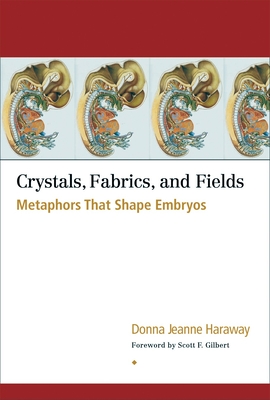
Crystals, Fabrics, and Fields: Metaphors That Shape Embryos
Description
Acclaimed theorist and social scientist Donna Jeanne Haraway uses the work of pioneering developmental biologists Ross G. Harrison, Joseph Needham, and Paul Weiss as a springboard for a discussion about a shift in developmental biology from a vitalism-mechanism framework to organicism. The book deftly interweaves Thomas Kuhn's concept of paradigm change into this wide-ranging analysis, emphasizing the role of model, analogy, and metaphor in the paradigm and arguing that any truly useful theoretical system in biology must have a central metaphor.
Praise for Crystals, Fabrics, and Fields: Metaphors That Shape Embryos
"This timely reprinting of Donna Haraway's Crystals, Fabrics, and Fields give cause for two audiences to rejoice. The first audience includes philosophers, cultural historians, semioticians, sociologists, and anthropologists. This group has been variously enlightened, entertained, and enlivened by Donna's analyses of our culture and her suggestions for alternative futures. Since Donna has been adamant that understanding the contextual nexus of origins is critical for understanding history and its outcomes, Crystals, Fabrics, and Fields should provide this group with insights into how Donna came into her present views. Indeed, I would contend that one of the most important precepts in her most recent pamphlet - namely that the relation is the smallest possible unit of analysis - can be traced directly to the embryological science analyzed in this 1976 volume. No matter what else Donna's philosophy might be - Marxist, feminist, affectionate, ironic, cyborgian, anthropocanine - it is thoroughly and uncompromisingly epigenetic."
- Scott F. Gilbert, from the Foreword
